Tier One vs. Tier Two U.S. Army Rangers - What’s the Difference?

The United States Army Rangers are one of the most capable and lethal fighting forces in the entire world. As the Army's premier direct-action raid force, there’s a reason why almost everyone has heard of their motto, “Rangers Lead the Way”.
But what if we told you that within the highly renowned 75th Ranger Regiment lies a mysterious, secretive unit that executes some of the world's most covert operations. That would be the Regimental Reconnaissance Company, the Army Rangers’ Tier One unit. That’s right, the 75th Ranger Regiment has a Tier One unit that matches up with the likes of Delta Force and SEAL Team 6.
But why do the Rangers have a Tier One unit? What are the differences between a Tier Two Ranger and a Tier One Ranger? And what do both bring to the table in the world of SOF?
Keep reading, and we’re going to answer all of those questions and much more in this blog post.
TABLE OF CONTENTS
TIER ONE VS. TIER TWO U.S. ARMY RANGERS: THE DEFINITION OF THE “MILITARY TIER” SYSTEM
TIER ONE VS. TIER TWO U.S. ARMY RANGERS: WHO ARE THEY?
TIER ONE VS. TIER TWO U.S. ARMY RANGERS: MISSIONS
TIER ONE VS. TIER TWO U.S. ARMY RANGERS: SIMILARITIES AND DIFFERENCES
TIER ONE VS. TIER TWO U.S. ARMY RANGERS: TIER ONE VS. TIER TWO TRAINING
TIER ONE VS. TIER TWO U.S. ARMY RANGERS: CONCLUSION
TIER ONE VS. TIER TWO U.S. ARMY RANGERS: THE DEFINITION OF THE “MILITARY TIER” SYSTEM

Before we dive into the differences between the Army Rangers and the RRC, let’s make some things clear. First, while the RRC is a part of the 75th Ranger Regiment, specifically the Special Troops Battalion, for purposes of this blog post, we will be referring to them as two separate entities. Secondly, outside of the Tier One units, military units don’t really refer to themselves by their numbered tier. You don’t see the 75th Ranger Regiment referring to themselves as a Tier Two unit, and you probably won’t see the RRC refer to themselves as a Tier One unit either. The tier system is generally an unsaid or unwritten way of “organizing” or marginalizing military units. In a nutshell, the Tier Two and Tier One terms are more for simplicity’s sake. The Army Rangers and RRC are more accurately represented by their respective missions, purposes, and funding.
TIER ONE VS. TIER TWO U.S. ARMY RANGERS: WHO ARE THEY?

A U.S. Army Ranger is someone who has been put to the test both as a soldier and as a person. They’re the tip of the spear, having undergone a strict selection process in order to have the honor of being a Ranger. While there’s a multitude of MOS’s that are in the Regiment, those that are combat oriented, such as an 11B Ranger, have extensive combat training and experience to make them some of America’s finest warriors on the battlefield.
A Ranger in the RRC takes things a step further. Not only are they everything a Ranger is, but they’re uniquely trained to operate in some of the world’s most secretive, high stakes missions - a very demanding environment indeed. With a selection process modeled after other Tier One units, they are built to execute the toughest missions out there with confidence, professionalism, and valor.
TIER ONE VS. TIER TWO U.S. ARMY RANGERS: MISSIONS

The Army Rangers are a lethal, agile, and flexible fighting force, capable of conducting many complex joint special operations missions. They focus on three types of missions: Special Operations raids, Forcible Entry operations, and Special Reconnaissance. Special operations raids are designed to seize, destroy, or capture enemy goods and locations while delivering maximum surprise and shock. Forcible Entry operations can include things such as taking over air fields, and Special Reconnaissance is essentially gathering intel on the enemy. Rangers have an emphasis on small unit tactics, and deploy often, but for shorter durations than conventional units because their OpTempo is so high.
RRC, on the other hand, mainly does what is in its name: Reconnaissance. While that might not seem like much on the surface, don’t get it twisted. For starters, this isn’t your typical recon. The missions they conduct are highly classified. You won’t be reading about them in your local newspaper. RRC operators are often tasked with performing reconnaissance for the other Tier One Units in JSOC, which requires a higher level of intel, analysis, and proficiency to ensure that ops run smoothly. They can be required to travel long, and we mean LONG, distances with upwards of 100 pounds of gear in order to accomplish mission needs.
While RRC operators still conduct raids, forcible entry ops, and other facets of SOF that you’d expect from a Tier One unit, you could say they’re less of a brute fighting force like the Rangers are. While both forces are methodical in what they do, an RRC operator is going to have some different skills and training under their belt compared to a Ranger in a Ranger Battalion. This is where you’ll see the big distinction between a “Tier One Operator” and a “Tier Two Operator”.
TIER ONE VS. TIER TWO U.S. ARMY RANGERS: CONCLUSION

Tier One or Tier Two, Ranger or not, at the end of the day, Army Rangers and RRC operators are invaluable assets to the world of special operations. While an RRC operator might receive more in-depth training in certain areas, don’t walk away from this blog post thinking that an RRC operator is automatically “better” or more badass than an Army Ranger. Both go above and beyond for our country and are a force to be reckoned with. Rangers lead the way!
If you want to learn more about the military, law enforcement, or government entities, we have a YouTube channel dedicated to providing the best info out there, plus we have a growing list of blog posts as well. Click the links to take you to them!
General Discharge is a veteran-owned, veteran-operated organization that is dedicated to providing the best U.S. Military and Law Enforcement information. With over 250 YouTube videos, over 45 million views, and hundreds of thousands of followers, we have contributed to the success and knowledge of both the current and future generations of service members.
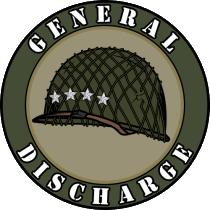
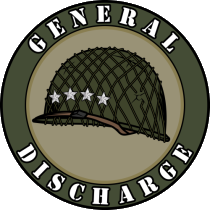

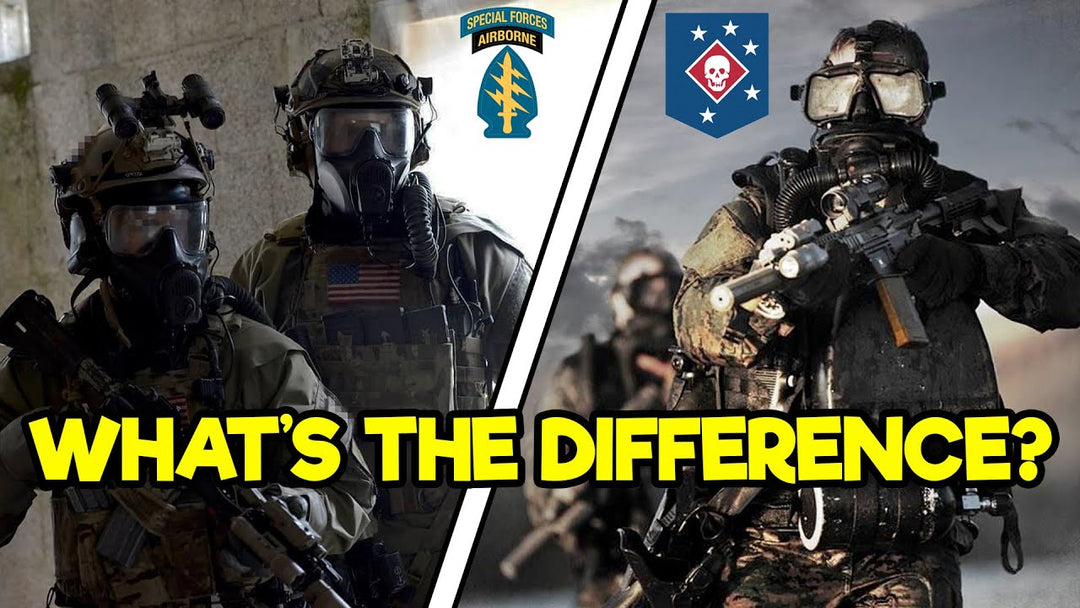
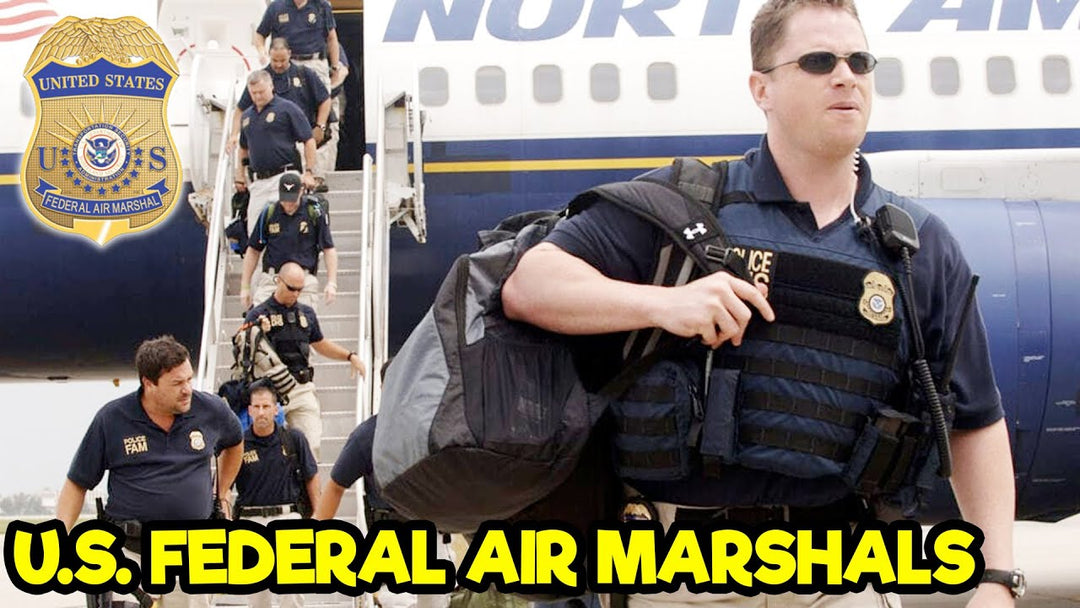
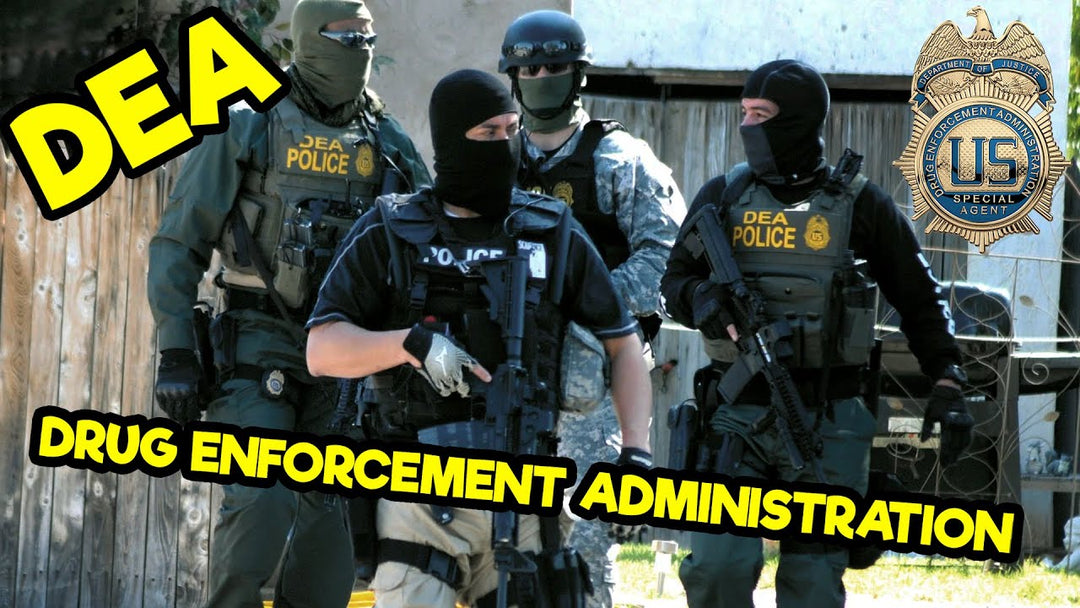
Had a Marine recon in 85 in 2nd bat went AWol never saw him again couldn’t take the training! Just saying!
Comi g from a former Ranger from many, many years ago, I would say Rangers are almost, if not a Tier 1, as they are the only ones who are deployed with Delta Force (and sometimes DEVGRU), as their support overwatch. Delta will donthe surgical direct action / retrieval, but the Rangers will. E ones who take/secure the objective.
BTW, Marine Recons are just that, recon units for the EMUs. And MARSOF are akeen to Navy Seals, but with 100% better discipline. Their egos are not comming out of their arse, like the Seals.
All inter agency kidding aside, it is sumply a selection process that allows the special skills of a man be integrated with a specific mission to allow the most successful operations with the least loss and exposure. Just like a sports team or a university at large, some operators have more they wish to give. RLTW
God made Rangers because Marines need heros too!
These guys sound like they’re almost as good as Marine Battalion Recon.
But they’re not quite to the level of Force Recon.Leave a comment